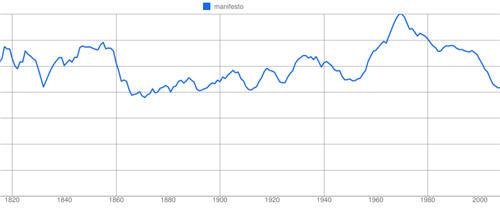The MegaTrend of Distributed Attention is driving everything
Yesterday I ran Getting Results From Crowds and Crowd Business Models workshops in Sydney, the first in a global series of crowdsourcing workshops.
In opening the Crowd Business Models workshop, I ran through some of the driving forces that are shifting business models to crowds. I had quickly drawn up the list the evening before the workshop, with the first coming to mind Distributed Attention.
During the workshop we had an awesome panel of three of Sydney’s top entrepreneurs: Rebekah Campbell of Posse, Sebastien Eckersley-Maslin of BlueChilli and Phil Morle of Pollenizer.
Each one of them spoke about how much harder it is to get people’s attention than even a year or two ago. For each of them, one of the fundamental reasons that business models need to start with crowds is that individual attention is increasingly fleeting. You can’t bolt on crowds to a business model as an afterthought – it must be at the center.
Read more →


